The Road To Kickstarter – Your First Steps
December 22, 2015 by crew
Massive Awesome is Simon Barlow and John Taylor, friends and business partners whose shared love of gaming and a desire to make something awesome prompted us to set out on our own. We are currently deep into preparation for the launch of the tabletop miniatures game Shattered Earth on Kickstarter.
In this ongoing series – the introduction to which you can read here – our aim is to write about all the steps we’ve taken along the way, and to create an ongoing discussion with the community about what it takes to launch a brand new game into the marketplace.
1) Have A Great Idea (That Is Fully Fleshed Out)
Prior to founding Massive Awesome earlier this year, Simon spent fifteen years in the video games industry as a game designer. It’s fair to say that he’s seen his share of game pitches during that time, but he could count on one hand the number that made it into production.
It’s a sentiment echoed by Portal Games’ Ignacy Trzewiczek over on BoardGameGeek. The simple truth is that it’s not enough to just have an idea – even a well thought-out, well designed one. You need to have a great idea, something that stands out from the crowd, be it through great looking miniatures, beautiful artwork, or even an interesting theme. In fact, it needs to have all of those things.
We’ve met plenty of people at conventions and games meets who talk about their upcoming crowdfunding campaigns but don't actually know what their game will be or how it will work. They have an idea – but ideas alone aren’t enough. In this increasingly crowded marketplace, consumers are getting much better at spotting when beautiful minis have a tacked on rule set, or when a great sounding theme turns out to have no depth to it.
Starting a company in order to create a game from scratch is really hard work – really – and if you're going to put your life on hold for a year or more in order to do so then you should have thought it through from front to back. Make every element of your game as good as it can be, and if you can’t passionately describe all those different elements, then don’t expect anyone else to share your passion.
2) Decide On Your Audience
When you’re first starting out you don’t know who your audience is. A good place to begin is to decide on which part of the hobby you are most interested in, and make that your audience. Is it painting beautifully detailed miniatures? Army building? Writing your own scenarios?
Whichever area of wargaming is your favourite is likely to be the one that you are best placed to appeal to with your own game. Start out with something you know, and work up from there.
One thing to be very clear about early on is that this decision has a direct bearing on your business plan. The process of creating a boutique product with the highest quality resin is very different to publishing a lore-heavy rulebook that you will release with mass-produced miniatures.
These games will also have very different target audiences who all have varying budgets and expectations from the product.
The costs and logistics for each of the approaches vary hugely and you should have a firm idea of exactly who you are targeting before starting production; it will be expensive and time-consuming if you need to back-track in the future.
3) Decide How Deep You Want To Get Pre-Kickstarter
We started planning our Kickstarter campaign a year out from when we wanted to launch it. We poured thousands of pounds of our own money into the project, and went through one complete production cycle. Not only does this give us confidence that we can deliver what we’re promising, it also helps to iron out any problems whilst they still remain our problem.
But we understand that not everyone will be in this position, so you need to make a decision about how much you are prepared to invest up-front before you start asking for money from someone else.
These days it simply isn’t enough to launch a campaign without some example artwork. You need to demonstrate what your game will look like and give people an idea of the style that you are aiming for. Do you have a talented artist on your team? If so, lucky you!
You won't need to spend a lot of money on contracting this work out to freelancers. If, however, like the Massive Awesome team, you lack a professional artist, sculptor, graphic designer, or painter, then you must decide whether you can afford to produce the artwork out of your own pocket – or try and do without.
As a rule of thumb, the more content you provide in your pitch, the more professional you come across and the more comfortable people will feel pledging their money. If you can produce a slick video, great artwork and well-painted miniatures, backers will look at you as a ‘safe bet’.
The downside is that you must spend a lot of money to get there so you have more to lose if your campaign fails. If you produce limited content, you pass that monetary risk on from yourself to the backers, and most people will be unwilling to stump up the cash for a few words and a promise.
As we stated last week, we have planned out the steps that we want to share with you over the coming articles but if there are any particular subjects you would like us to cover or details you would like us to flesh out, please let us know and we can either re-prioritize future articles or cover these questions in the comments section.
By Simon Barlow & John Taylor
If you would like to write articles for Beasts Of War then please get in contact with us at [email protected] for more information!
"When you’re first starting out you don’t know who your audience is. A good place to begin is to decide on which part of the hobby you are most interested in, and make that your audience..."
Supported by (Turn Off)
Supported by (Turn Off)
"If you can produce a slick video, great artwork and well-painted miniatures, backers will look at you as a ‘safe bet’..."
Supported by (Turn Off)































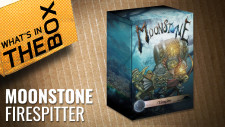


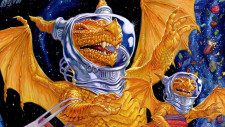

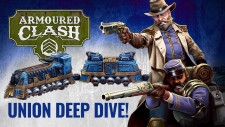




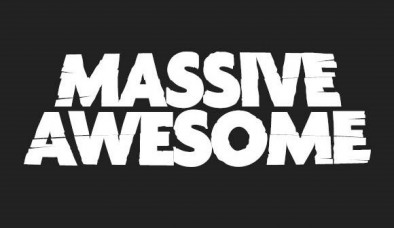
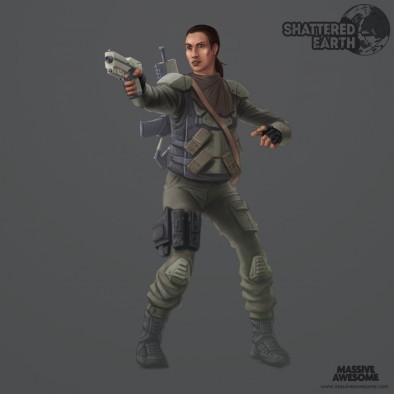
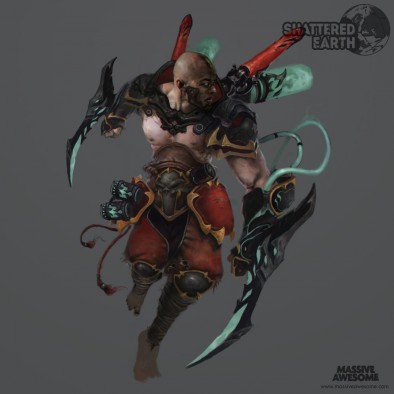
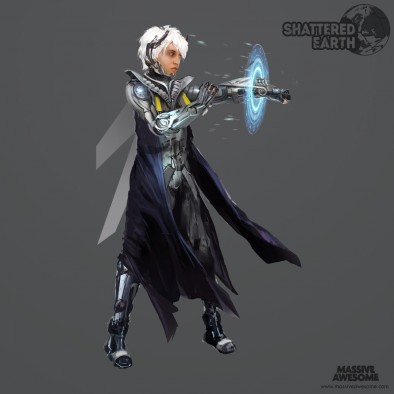
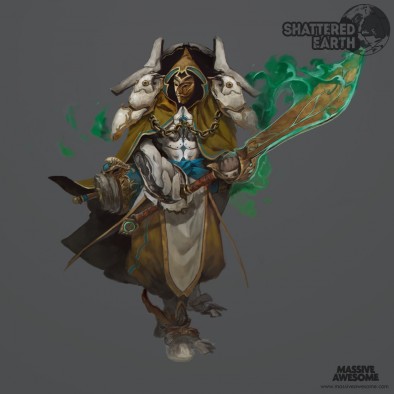





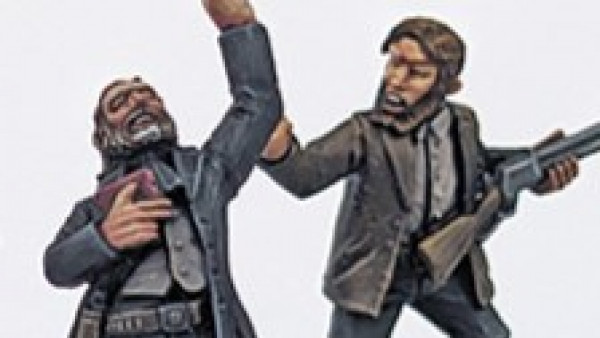
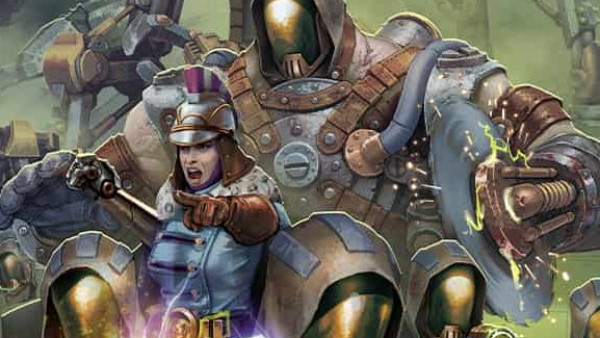


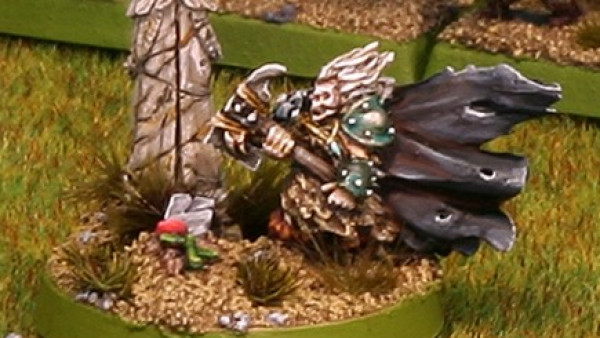
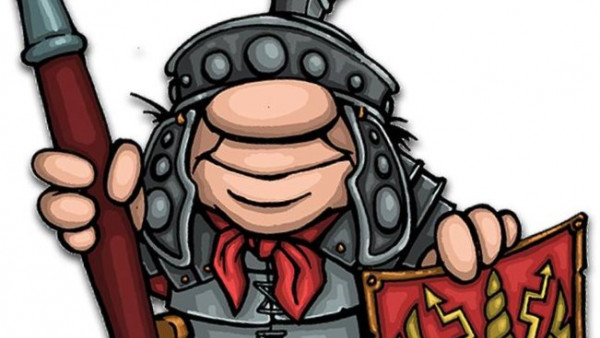
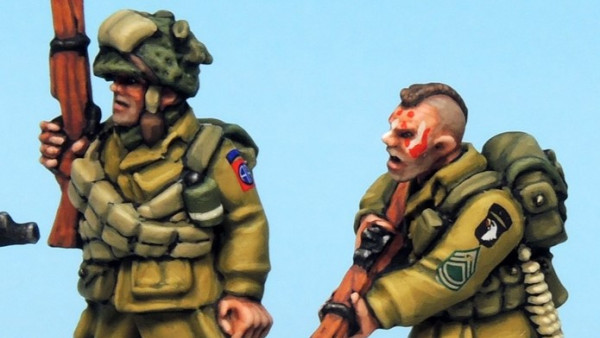
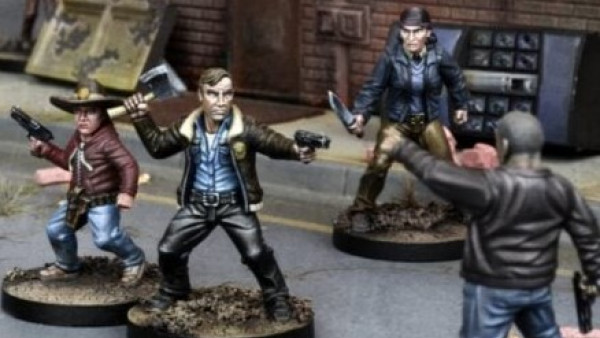


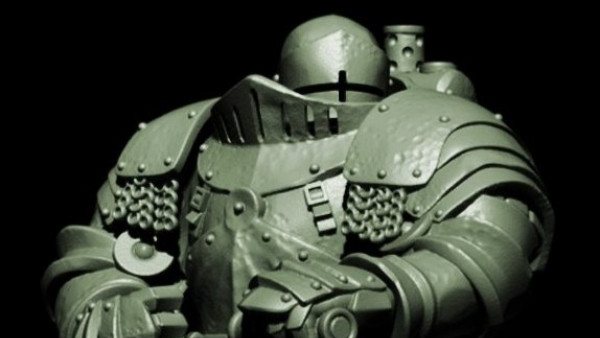
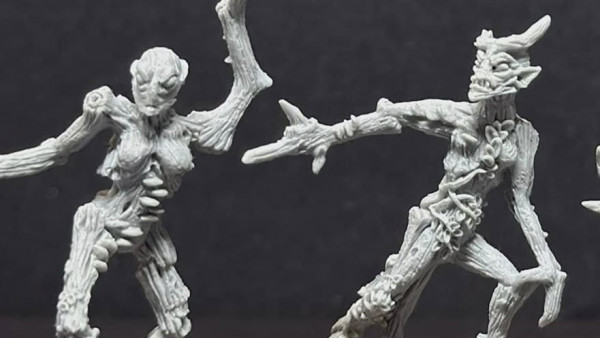
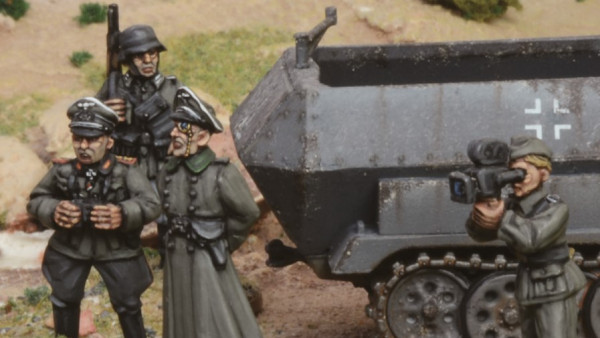
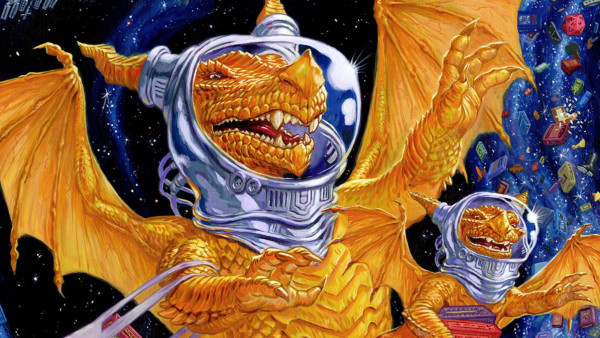

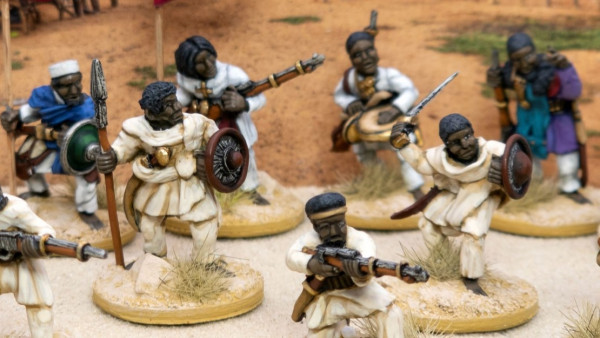

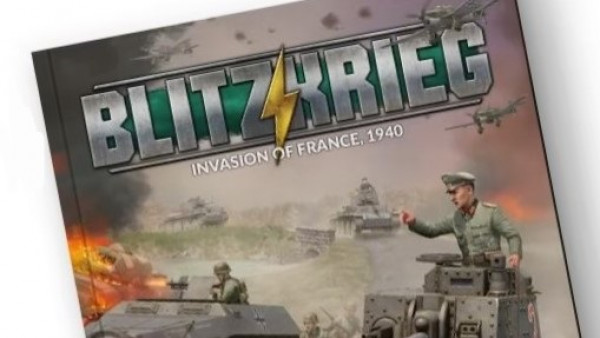
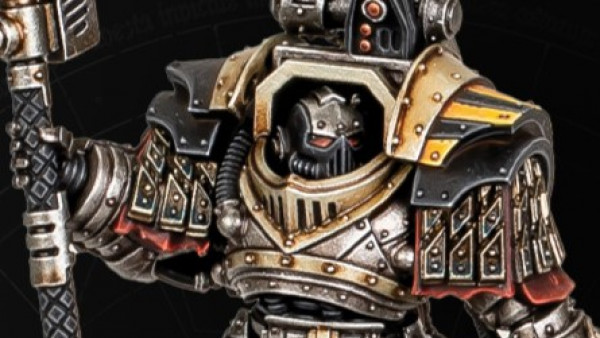
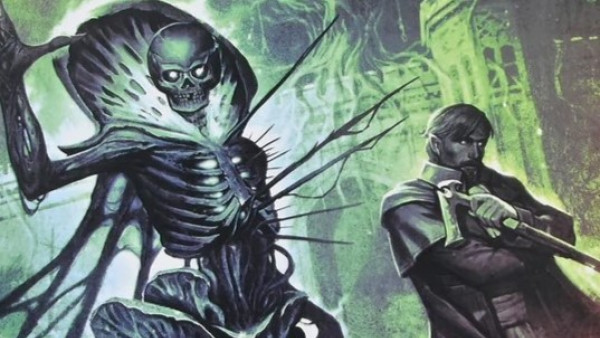
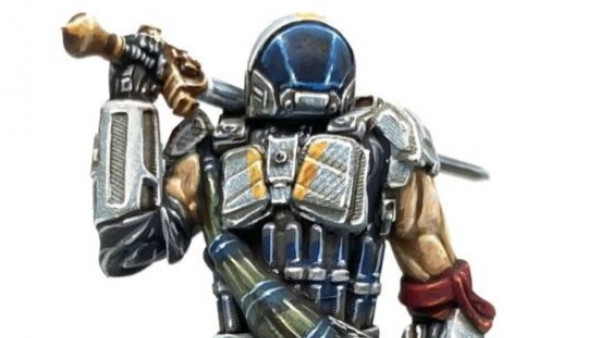

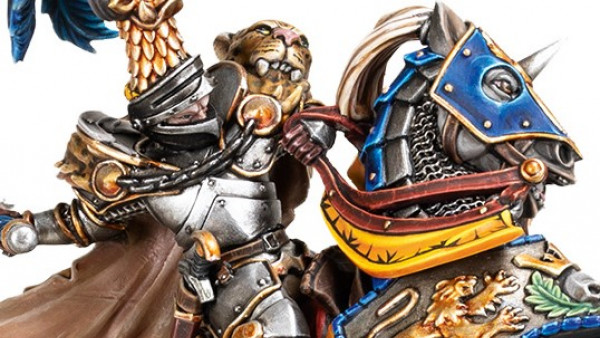

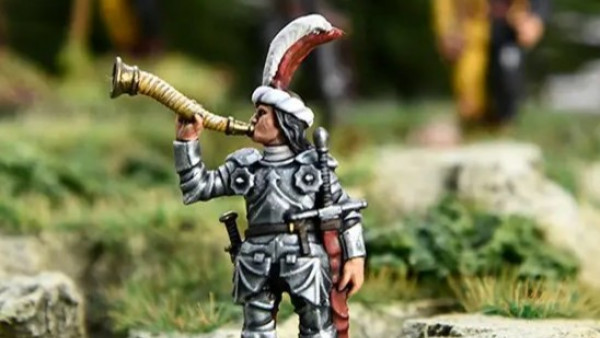

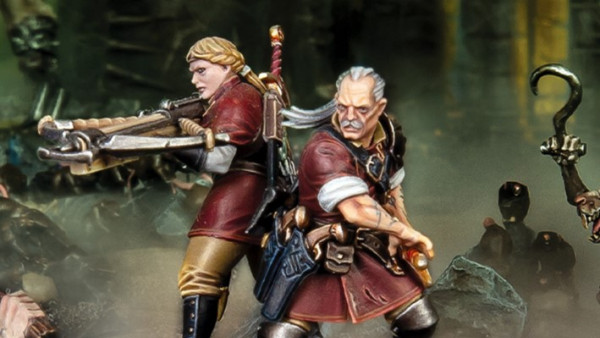
I’m planning a KS for a flames of war gaming aid at the minute and would appreciate any help and feedback on the road to get it going.
Hey shawsi, sounds like you’ll have an inbuilt audience as you’re proposing a vey specific product. I think you should be concentrating on point 3 from this article and the budget you’ll require to get there as well as engaging with the FoW community to build awareness of your Kickstarter. Depending on your exact product, you may need to start arranging some playtesting as well. We’ll be covering our experiences with all of these areas in the coming articles. Good luck with it.
I would suggest contacting someone with a CAD design suite (not me, mine are student editions for non-commercial use) and have it drawn up and 3D-printed or laser cut from plastic sheeting. DO NOT PLAN TO MASS-PRODUCE VIA 3D PRINTING. IT IS NOT A MASS PRODUCTION PROCESS. IT IS A PROTOTYPING TOOL. *ahem* Anyway, have some physical examples, and make sure no one already has one enough like it on the market with the legal clout to take you out for infringement. One you have a physical example, you can check different production processes – injection molding, dies stamping them… Read more »
Hey lordtothe, good points. Next weeks article covers our process from artwork through 3D sculpting, 3D printing and the final casting process. We also have a further piece specifically on the pros and cons of casting in metal, plastic or resin. This is one of the most important decisions you’ll have to make if you’re producing minis.
The ideas stage is indeed where a ton of projects (whether they be kickstarter or just hobby!) fall apart.
Heck, if you can’t describe what exactly you are planning to do then how the heck are you going to do it anyway ?
The worst part of vague descriptions is that it makes it impossible for yourself to determine when something is done.
Having a clear picture of your final goal is not just useful to selling it to your supporters/backers/audience.
It’s also useful for yourself as you will have something to strive for.
It also helps you stay within your (planned) budget.